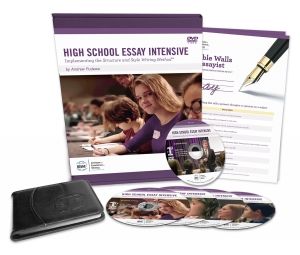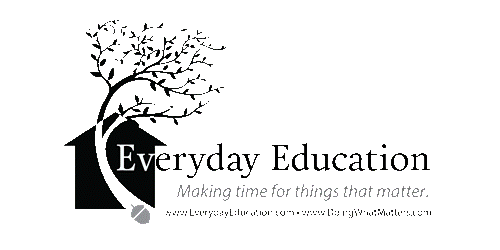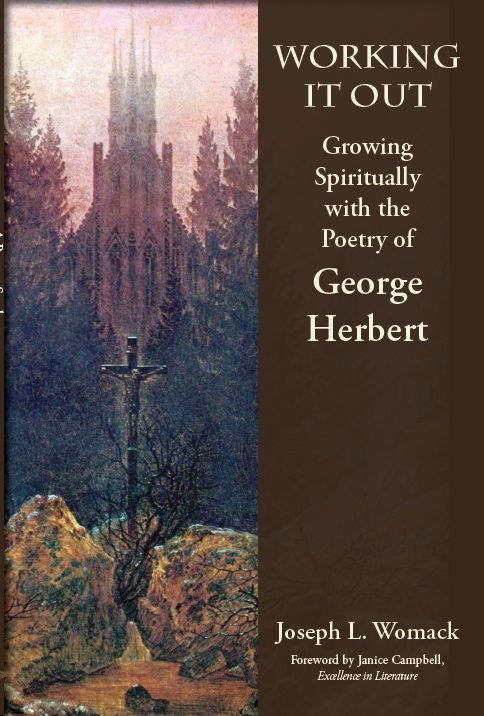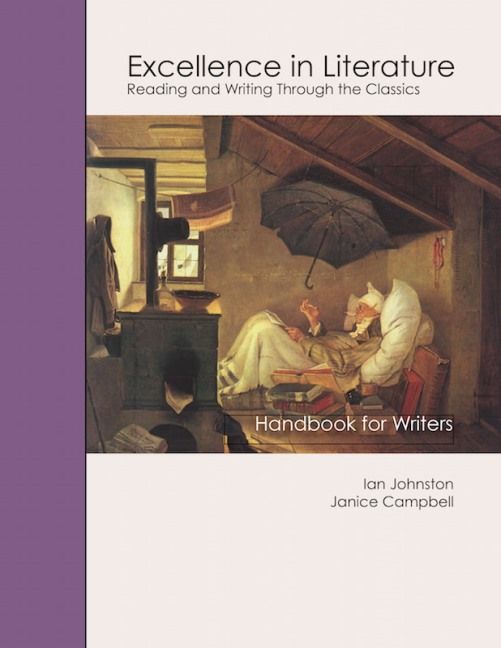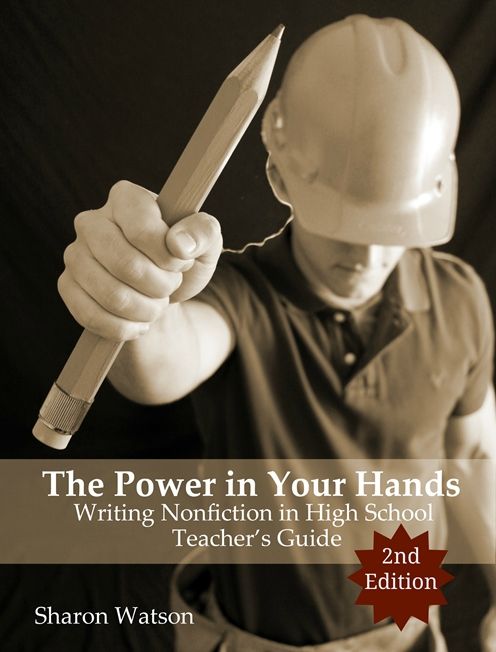
GrammarPlanet goes through the concepts of grammar in a very systematic way. When I was teaching my oldest grammar for the first time, I remember teaching that there are eight basic parts of speech: nouns, verbs, adjectives, adverbs, pronouns, articles prepositions. However the method of teaching these parts of speech was no where near as clear and easy as the way they are taught in GrammarPlanet.
The method used for each lesson of GrammarPlanet is:
1) Print out and read pages for the lesson; student keeps handy while doing lesson;
2) Watch video for lesson;
3) Do exercises/practice for lesson;
4) Take test for lesson.
If the student misses too many items, the parent needs to reset the lesson for the student using the teacher account so that the student can repeat the material. This method keeps the parent/teacher in the loop so there is no question as to how well the student is doing, and no ability for the student to ignore a lack of understanding and just keep trying to move forward in the lessons.
The grammar material is introduced in a specific, carefully thought out order. It begins with nouns, and explains very well that "Noun" does not only refer to things (the old "person, place or thing"), but also includes concepts.
The lessons work through adjectives, articles, etc. Each lesson carefully introduces and covers the concept of the lesson and reinforces the lesson in the video and the practice.
I worked on the material as a student, and there were some times when the first practice question would immediately stump me as to how to label and diagram the sentence. I decided that for me actually doing the problem examples (and sometimes getting it wrong and having the program tell me the correct answer) was part of what I needed to learn the material. It caused me to realize I would not want to jump on my student too quickly for wrong answers either. That was a new thought...
When the student first logs in, they see the profile page.
I know that is kinda small in that snapshot -- it is easier to read when it is full screen. Next the student clicks the green "Continue Progress" button under their name (which I have wiped off for privacy). The student next sees the following page:
I am displaying Lesson 9 above out of 13 units. The first thing the student is to do is to open the document for the lesson and print it out, and then read it.
Next the student watches the video,
and last the student works on the practice.
During the lesson, practice and test the student is encouraged to keep the printouts handy to refer to. Part of the course work also entails the actual diagramming of sentences, the old-fashioned way (not just labeling the sentences as seen above):
Sorry for all the blotches -- there is writing on the back of the page as well and the ink bled through. The diagrammed sentence says: "According to witnesses in another village, the sky split in two and fire appeared over the forest." I think it is amazing to know how to diagram that sentence!
So, GrammarPlanet is just an amazing product that you can get even for free (with commercials) to help your students learn and understand our English language. I am really pleased with this program. I highly encourage you to give it a try for your students this year.
Other members of the Old Schoolhouse Homeschool Review Crew also reviewed this product. To read more reviews please click the button below.

















